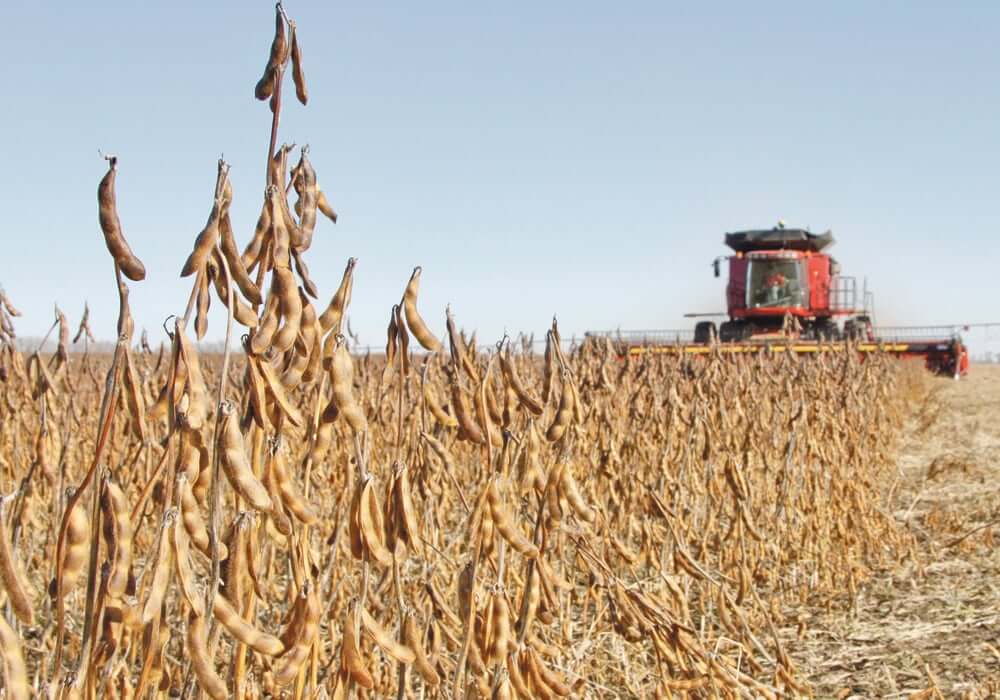
Harvesting soybeans brings its own set of challenges, particularly for seed or food-grade soybeans, since propane drying is not recommended. Not least because of the damage it can cause, such as loss of germination rate, cracking of the tegument and degradation of nutritional quality. In this sense, ambient air drying is an excellent alternative for preserving grain integrity and quality.
This type of drying uses the capacity of the air to dry the grains, along with strong ventilation (between 0.8 and 1.25 CFM/bushel) and a rigorous working method. For these reasons, we recommend that you do not take this type of drying lightly and that you follow our recommendations. Visit our blog to learn more! We'll show you the equipment you'll need and the step-by-step procedure to follow to ensure your drying success.
**WARNING! **
Many people improvise with this technique: poor ventilation, lack of roof vents, makeshift propane burners, grain that's too wet, or an approximate working method. A serious result is not achieved by watching the sun and the threshing machines, but by following a methodical and safe working method. After all, you don't become a professional by watching your neighbor.
The use of technology makes the process easier and more efficient. You'll save a lot of time and ensure the quality of your grain. But, as the saying goes, the proof is in the pudding. So before taking the plunge, study carefully.



